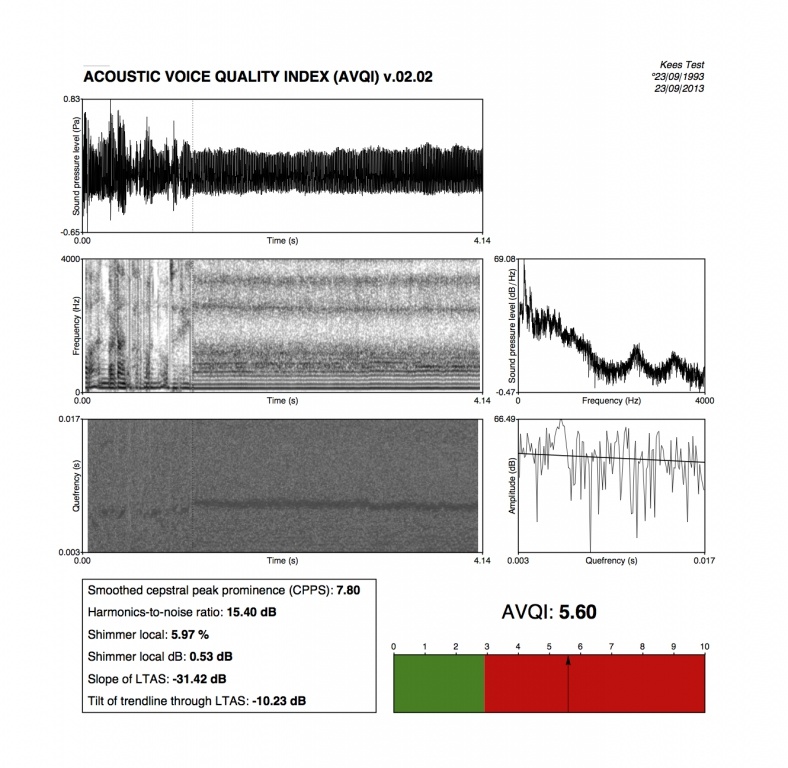
I will discuss mainly two aspects of using PRAAT, research on melodic lines (pitch vs time), and research on rhythm. Moreover the authors of PRAAT have written a number of articles explaining the algorhythms they have used and the models on which these are based.
#Create script on praat commandsd code#
When it is done by a computer program we can at least know how it is done, especially since the source code is public. We do now know the cognitive processes that go on in the brain when converting souond to writing. Secondly because when a musicologist makes an analysis – for instance a transcription (yes, a transcription is an analysis), no one really knows how the transcription is made.

To have a microscopic insight into melodic contours, to see the precise pitch of a given note, to have precise measurements of the duration of beats – they are all impossible without such a program. First because it enables us to do certain types of analysis that cannot be done by the ear and the brain. PRAAT is made for linguistics, but it works well for certain types of music analysis. At present I consider PRAAT the best program, although there are others. Bel’s MMA in Bombay and my own PitchXtractor for the original Macintosh are examples. From the 80s onward computers have been increasingly used for music analysis. A major breakthrough was Seeger’s melograph in the 1950’s. Percy Grainger had pointed out the need for advanced technological tools for analysing music in the early 20 th century.


 0 kommentar(er)
0 kommentar(er)
